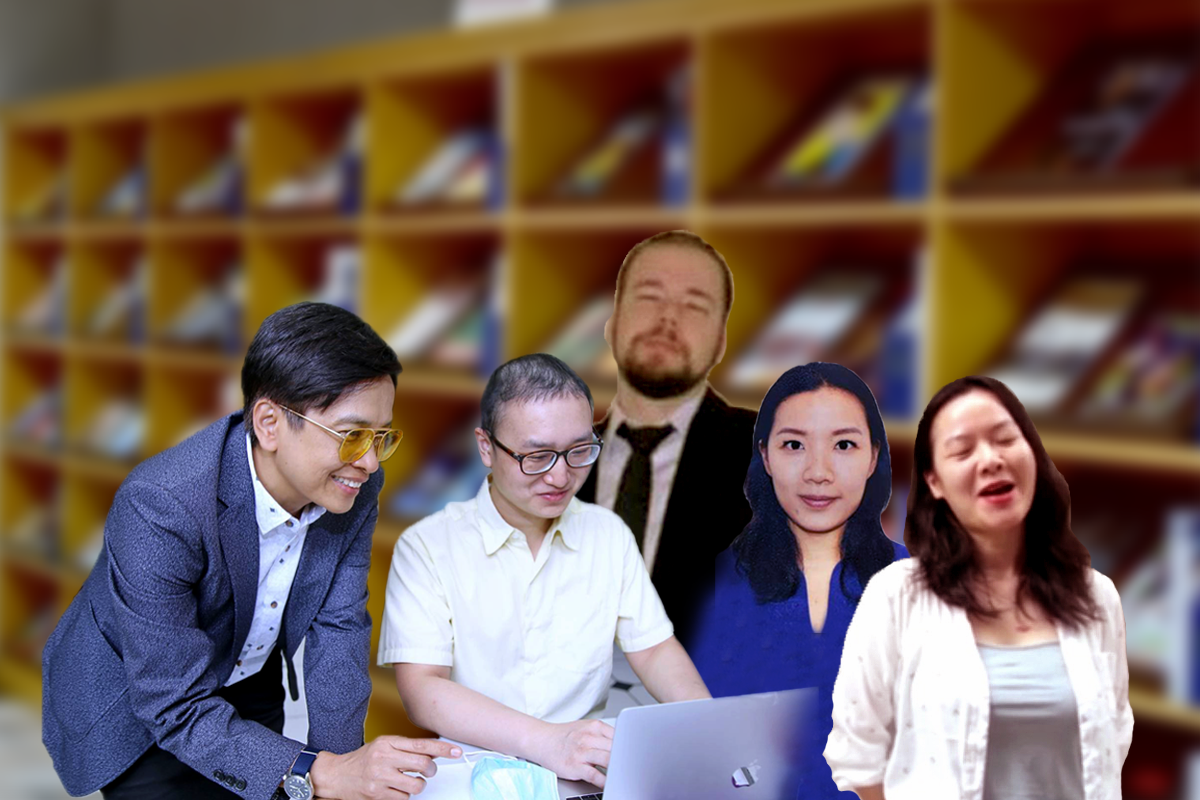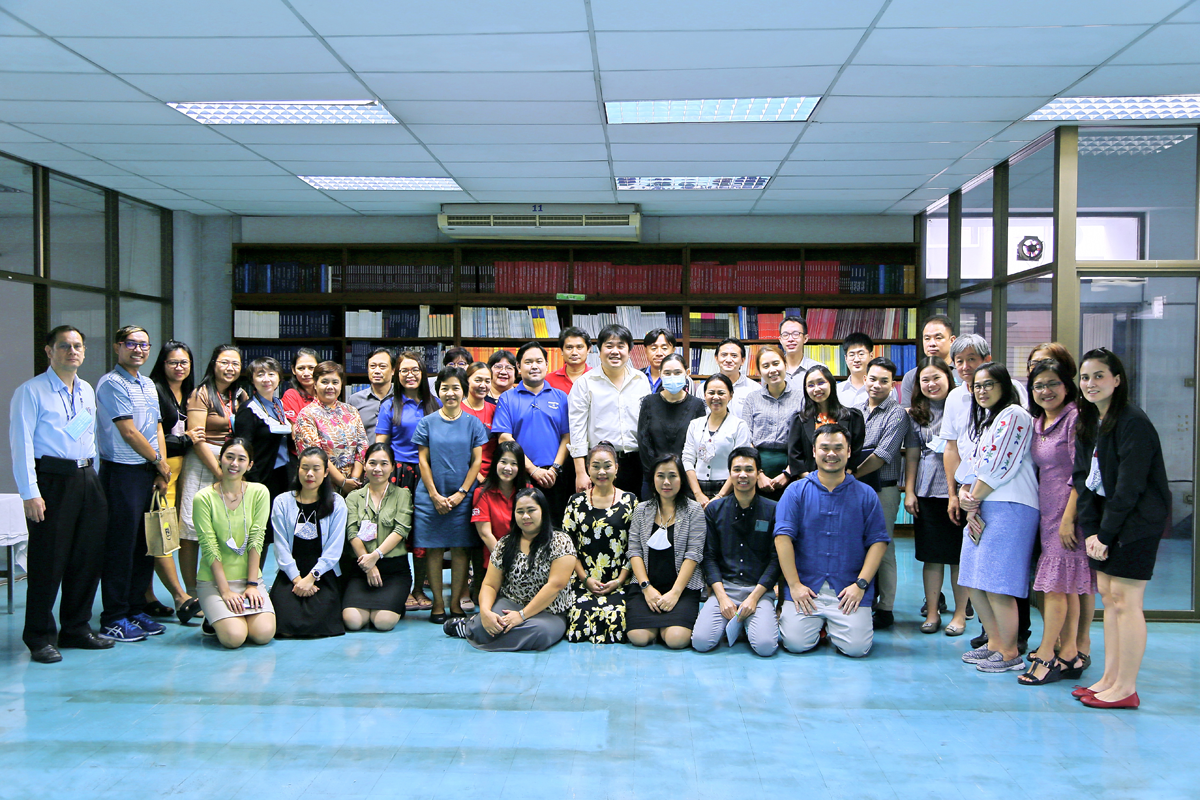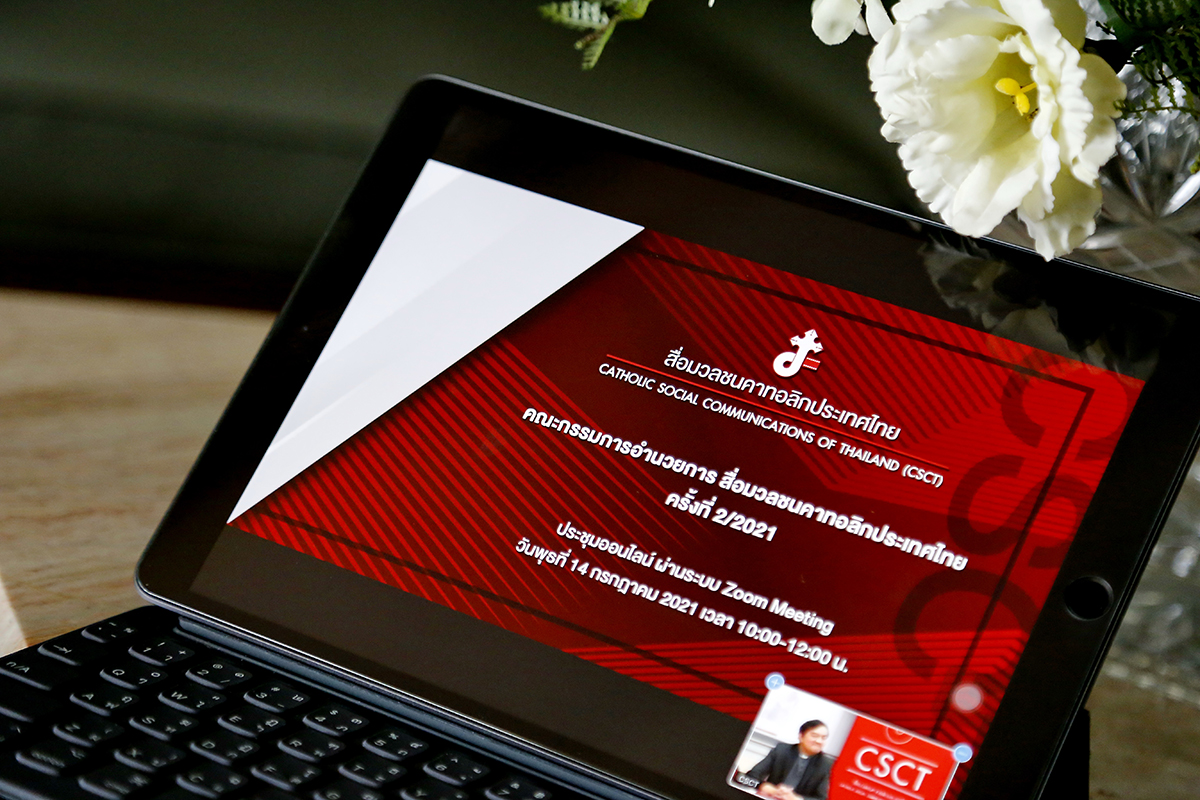King Prajadhipok (King Rama VII)
(1925-1934)
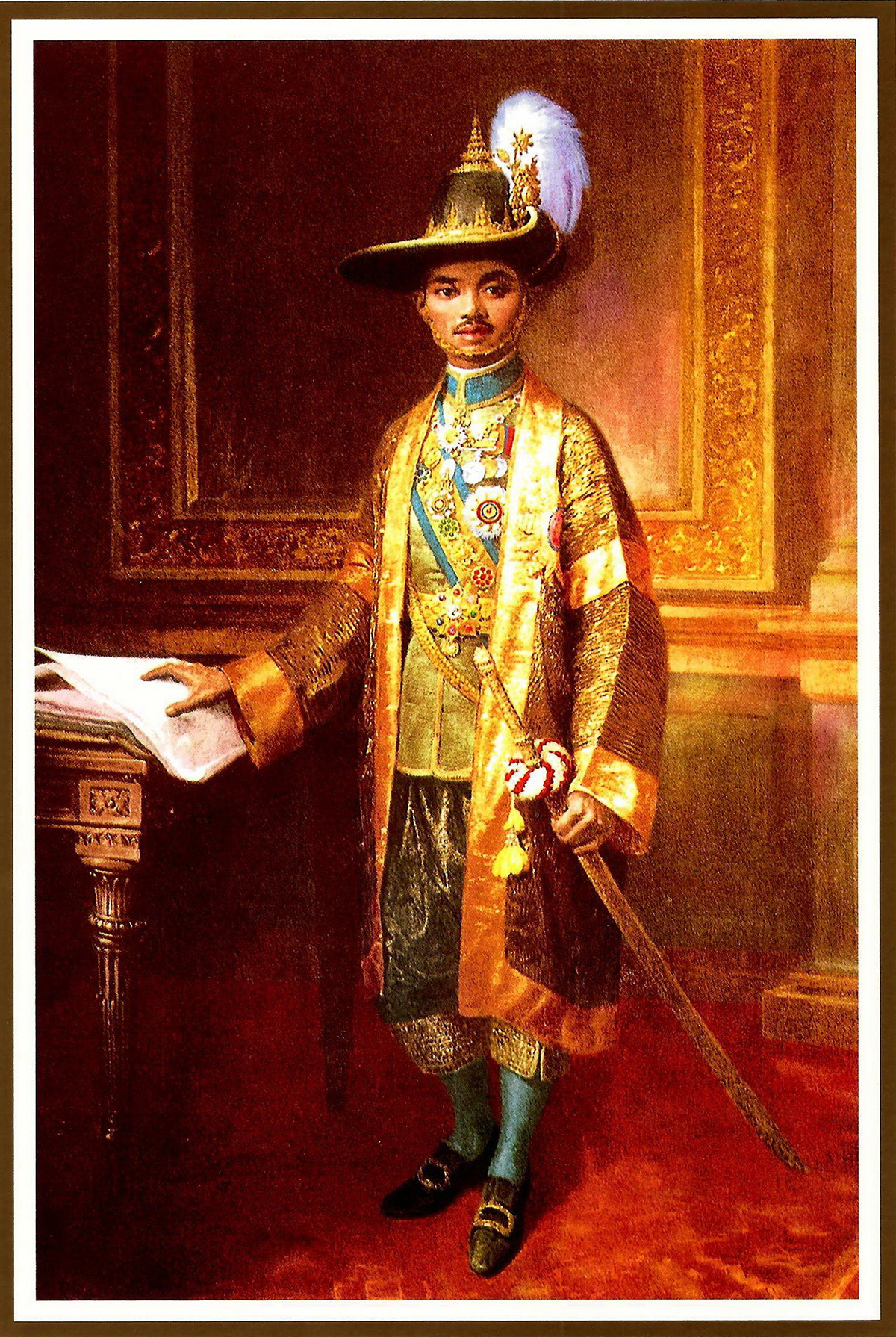
King Prajadhipok came to the throne in 1925, he was the youngest son of King Chulalongkorn (King Rama V) and Queen Saowabha. In 1905 Prince Prajadhipok was established as Kromma Khun Sukhothai, and King Rama V sent him to study in England at the age of ten. He attended Eton College which was a famous pubplic school in England, the Eton College was situated on Thames River, opposite Winsor Palace, it was founded by King Henry VI in 1440.
In 1915 Prince Prajadhipok returned to Thailand, in the reign of King Rama VI, he was appointed as an army officer to assist Prince Chakrapong (Kromma Luang Pisnuloke Prachanat, the Chief of general staff of Thai army), and later Prince Prajadhipok was nominated for a military rank as a Captain and promoted to a lieutenant colonel of Royal Thai Army.
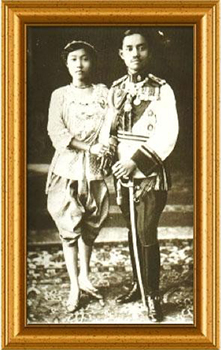
In 1917, he resigned his position and entered the priesthood. Prince Prajadhipok married Princess Rambhai Punnee, a danghter of his uncle Prince Swasdisobhon (Krom Phra Swasdivatvisit), the wedding ceremony held at Waropaspiman Hall, Bang Pa-In Palace, on 25th September 1920.
Prince Prajadhipok was in a poor health, having some chronic disease. In 1920 he had been to Europe for curing the disease and better health, and he returned to Thailand in 1924, and later he was promoted to the royal title of Kromma Luang Sukhothai Thammaraja on 11th November 1925 (Kromma Luang position is higher than Kromma Khun)
In 1927, the King appointed a Privy Council was composed of forty members, who were all famous and qualified princes and retired high ranking officials. The Privy Council had the task of counseling and making reports on any matter or problem, submitted by the King. In this reign there were further examples of the country's prosperity and its adoption of the western civilization and way of the modern world, these were the establishment of a radio station, and the construction of an airport, continued from King Rama VI reign.
The King also set up the Royal Institute, which was divided into three sections.
- Literature section, responsible for the management of the National Library, and for the study of Thai literature.
- Archaeology section, responsible for the management of the National Museum.
- Fine Art section, responsible for study and research in Thai Art and Eastern Art.
In addition, public health, education and control of banking were also given attention, The Memorial Bridge was built across the Chao Phraya River, which enabled better in communication and transportation between Bangkok and Thonburi. The festival of the anniversary of the City of Bangkok after its foundation 150 years was held in this reign.
Unfortunately, in 1932 there were serious financial problems which affected the country through the world slump or depression. This led quickly to economic and political crisis. A revolution to set up a new regime had been considered by two important persons, Luang Pibul Songkram and Nai Predi Panomyong with their intimate friends, while all of them were studying in Paris.
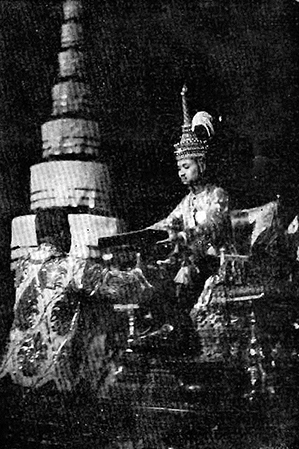
A Coupd’etat occurred on 24th June 1932, while the King Prajadhipok was staying at Hua-Hin a famous seaside resort of Thailand. The leader of the Coup d’etat was Colonel Phraya Phahol on behalf of the People's Party. The new constitution was drafted and submitted to the King. The King returned to Bangkok accepted the new constitution, and changed his position as Constitutional Monarch in the period of Democracy.
The constitution of 1932 provided for an Assembly or House of Representative of a hundred and fifty-six members, half of whom were to be el elected by the people, called "The Member of the first Category", and the other half to be appointed by the King these were called "The Member of second Category".
The constitution provided for a parliamentary system, with the Ministers responsible to the House of Representative or Assembly, and provided for new elections to be held within ninety days. The King was permitted to veto legislation once but the second veto in Assembly could nullify his veto. The King also had power to issue Royal Decrees in an emergency these had to be countersigned by the Minister.
In the administration and government of Thailand after the new constitution, the first Prime Minister was Phraya Manopakornnititada, who carried out his duty for a short period. After a coup d'etat in 1933, the former government was changed, and the new cabinet was headed by Colonel Phraya Phaholponpayuhasena (Phraya Phahol). Phraya Phahol had the co-operation and support of Nai Predi Panomyong.
He was a powerful person at that time, with many followers all over the country, because he was the founder of Thammasat University (University of Law), Nai Predi was recognized as the political power behind " the government. Phraya Phahol was Prime Minister until 1938, but in 1934, King Prajadhipok abdicated, while he was in England,
King Prajadhipok was the King without throne, he stayed in England with a silent condition, and suffering from chronic heart disease, he died in 1941, at the age of 48, cremating in England on 3rd June 1941. At a later time Queen Rambhai Punnee took His Majesty the King's bones to Thailand.
King Prajadhipok who is an ill doomed King, he has no son or his successor, and dies outside his country. But now King Prajadhipok is accepted by Thai people that he is, a remarkable king who cut down his own expenditure in an annual budget of the country, and he was the King who could stop bloodshed revolution in 1932. King Prajadhipok, our beloved King, be pleased to stay with heavenly peace. Now the statue of King Prajadhipok is erected in front of the House or Representative in Bangkok.
King Rama VII-The King of Democracy and
Seeking for the Peace of the Country.
Sources:
Bhamorabutr, A. (1983). The Chakri Dynasty. D.K. Today
๑๒๐ ปี ผ่านฟ้า ประชาธิปก. (ม.ป.ป.) สำนักบรรณสารสนเทศ มหาวิทยาลัยสุโขทัยธรรมาธิราช. https://library.stou.ac.th/odi/rama-7/history.html
พระราชประวัติรัชกาลที่ 7. (ม.ป.ป). สถาบันพระปกเกล้า. https://kpi.ac.th/about/thehistory
